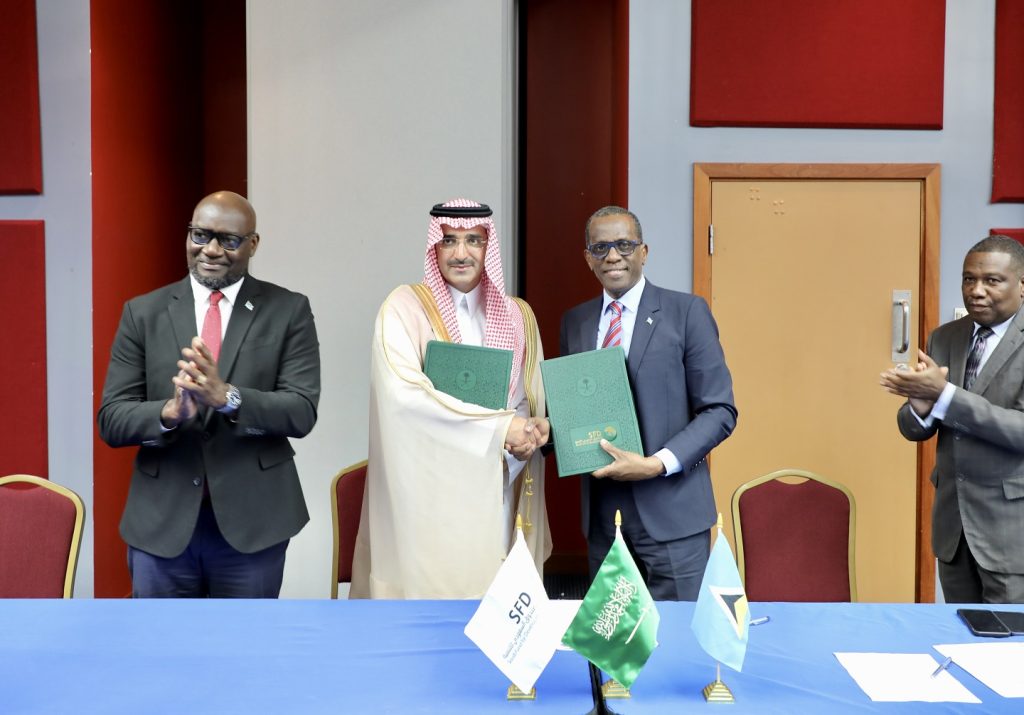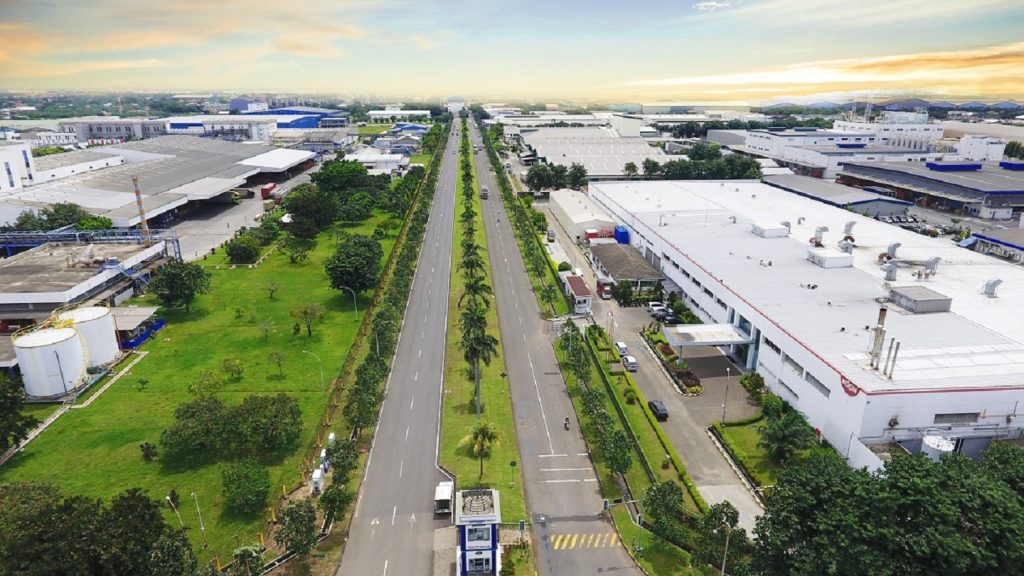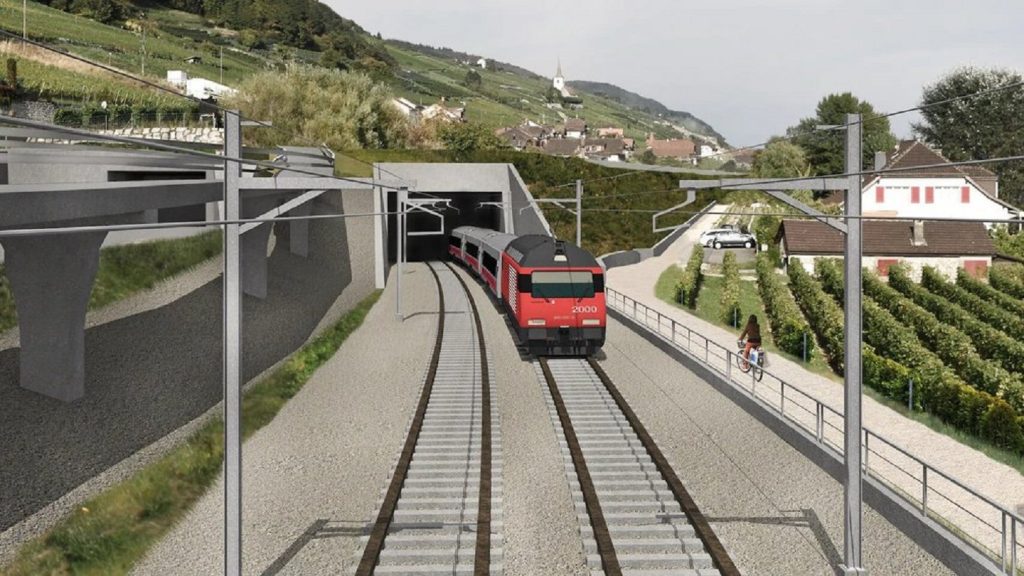The Walsh-Kokosing joint venture (JV) has selected American infrastructure consultant AECOM as the lead designer for the Brent Spence Bridge Corridor (BSBC) Project, US.
The scope of the project involves the renovation and restoration of the Brent Spence Bridge, an important gateway for travellers on Interstates 71 and 75 (motorways) between Ohio and Kentucky, along with the development of a new companion bridge to alleviate traffic congestion.
The project aims to improve traffic flow and safety while preserving critical regional and national transportation corridors.
The contract is partly funded by a $1.6bn government investment from the national government's Infrastructure Investment and Jobs Act.
AECOM president Lara Poloni said: “We are proud to play a vital role in building a better-connected road network along one of the country’s busiest routes for commerce and commuter travellers.
“We look forward to collaborating across our enterprise to bring our technical expertise to bear on this project, which will bring long-awaited safety improvements and traffic relief to this community.”
As the lead designer, AECOM will offer comprehensive design and engineering services to execute significant modifications that address safety and traffic flow, boost capacity between the states, improve the interchange geometry, and upgrade the interstate for several kilometres into Kentucky.
The contract also involves restoring the existing Brent Spence Bridge to its original design intent of three lanes of traffic in each direction, with emergency shoulders on both sides.
The project will be delivered using the 'progressive design-build' method.
















